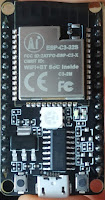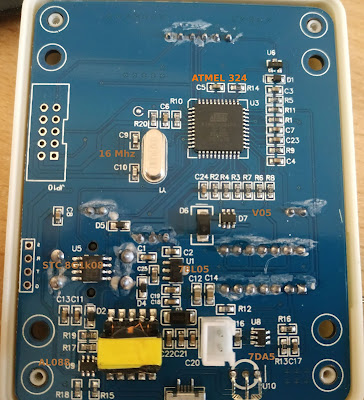More esp32c3/jtag

Using the embedded usb/jtag link with the esp32c3 was really unstable. Once in a blue moon it was usable (tried on 2 modules). So let's consume more pins and have something that works better : 1- Step 1: Be sure you have a recent esptool ( https://github.com/espressif/esptool ) 2- Step 2: We'll burn the JTAG_SEL efuse so that the jtag is connected to either the internal usb stuff or the IO4...IO7 pins depending on the state of IO10 at reset espefuse.py burn_efuse JTAG_SEL_ENABLE 3- Step3 : Hardwire IO10 to ground, that way we force the jtag on the external pins 4- Step 4: Connect your favorite Jtag probe , the mapping is as follows : TDO IO07 TCK IO06 TDI IO05 TMS IO04 /!\ Important: make sure you have some *not* brain dead code programmed in. If the chip deep crashes right at start, even the jtag will not work properly. The default way to set it up ( from what i understood) is as follows : * you program the chip using idf.py flash or similar * you debug w

